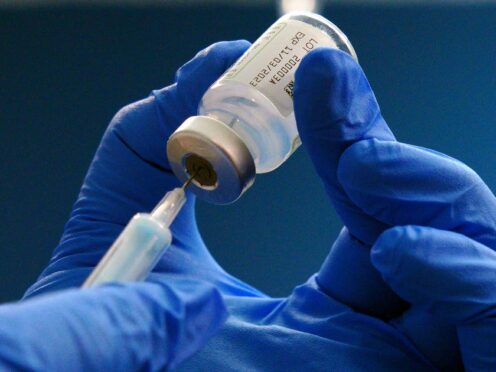Scientists have reported the case of a “hypervaccinated” man who has reportedly received 217 Covid-19 jabs.
The man from Germany had dozens of vaccines “for private reasons” over a period of 29 months, according to a study published in the journal Lancet Infectious Diseases.
The 62-year-old, from Magdeburg, Germany, had “no signs” of ever being infected with the virus that causes Covid-19 and had not reported any vaccine-related side-effects, the researchers from University of Erlangen-Nuremberg said.
Academics heard about the man in a newspaper report and asked if they could study his body’s response to the multiple jabs.
“We learned about his case via newspaper articles,” Dr Kilian Schober said.
“We then contacted him and invited him to undergo various tests in Erlangen. He was very interested in doing so.”
There is official confirmation for 134 of these vaccinations – including eight different vaccines, the team said.
“The observation that no noticeable side-effects were triggered in spite of this extraordinary hypervaccination indicates that the drugs have a good degree of tolerability,” Dr Schober added.
Researchers looked at previous blood tests the man had had and also examined blood samples as he went on to receive further vaccines.
Dr Schober continued: “The individual has undergone various blood tests over recent years, he gave us his permission to assess the results of these analyses.
“In some cases, samples had been frozen, and we were able to investigate these ourselves. We were also able to take blood samples ourselves when the man received a further vaccination during the study at his own insistence.
“We were able to use these samples to determine exactly how the immune system reacts to the vaccination.”
Researchers found that his immune system was fully functional.
Certain immune cells and antibodies against the virus which causes Covid-19 (Sars-CoV-2) were present in considerably higher levels compared to people who had received just three vaccines, the team reported.
“Overall, we did not find any indication for a weaker immune response, rather the contrary,” said one of the leading study authors Katharina Kocher.
People in the UK will have received a maximum of seven jabs through the initial vaccination programme and subsequent booster jabs. Many working age adults with no underlying health conditions will have had three jabs – two in the initial programme and a booster.
